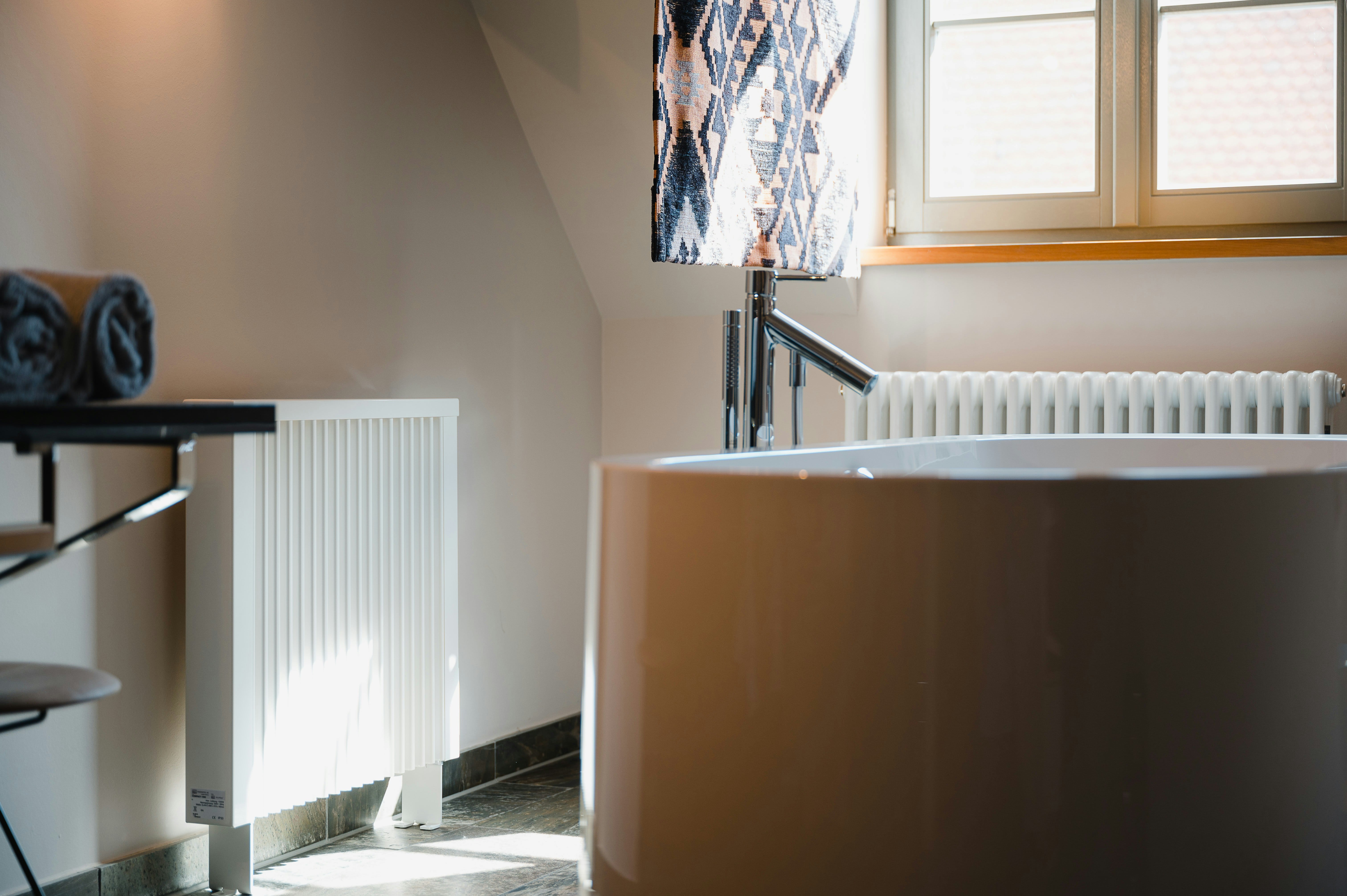Heating Installation in Highland Park
Professional heating installation in Highland Park covers when to replace or upgrade systems like gas furnaces, boilers, heat pumps, and mini-splits. Services include accurate sizing, load calculations, duct design, permitting, and a detailed seven-step installation process from assessment to commissioning and warranty handover. Homeowners benefit from consistent comfort, lower energy costs, safer operation, and modern controls. Maintenance bundles, financing options, and final considerations ensure long-term reliability and efficiency for Highland Park homes.

Heating Installation in Highland Park
Upgrading or installing a new heating system is one of the most important decisions for comfort, energy bills, and indoor air quality in Highland Park homes. Whether you are replacing an aging furnace, switching to a high-efficiency heat pump, or adding ductless mini-splits for targeted comfort, a professional, correctly sized installation ensures reliable warmth through cold months, lower operating costs, and longer equipment life.
Why proper heating installation matters in Highland Park
Highland Park experiences seasonal temperature swings and chilly winters that put real demand on heating systems. Many local homes were built decades ago and may have undersized or leaky ductwork, outdated boilers, or improperly matched equipment. A modern installation that accounts for home size, insulation levels, and occupancy patterns prevents short cycling, uneven rooms, and high utility bills. Proper permitting and code compliance also protect your home and preserve resale value.
Common heating installation types and when to choose them
- Gas furnaces: Best for homes with existing gas lines that need strong, whole-house heat. Opt for high-efficiency models when you want lower fuel costs and quieter operation.
- Boilers: Ideal for hydronic baseboard or radiator systems in older Highland Park homes. Boilers provide steady, comfortable heat and pair well with zoning.
- Heat pumps: Modern cold-climate heat pumps work well in many Highland Park situations, providing efficient heating and cooling in a single system and significantly reducing electric or gas consumption.
- Mini-splits (ductless): Great for additions, older homes without ductwork, or rooms that need independent temperature control. Mini-splits deliver efficient, targeted comfort without major construction.
Typical problems that lead homeowners to replace a system
- Repeated repairs and rising maintenance costs on an aging heater
- Uneven temperatures or certain rooms that never get warm enough
- High monthly heating bills despite thermostat adjustments
- Safety concerns such as persistent carbon monoxide or frequent pilot outages
- Desire to switch to a more efficient technology (heat pump or variable-speed furnace)
The professional installation process — what to expect
A thorough, code-compliant installation follows clear, documented steps to ensure performance and safety.
- Initial consultation and home assessment
- Inspect the home layout, existing ductwork, insulation, windows, and utility connections.
- Discuss comfort goals, budget preferences, and any special needs such as zoning or air quality upgrades.
- Professional sizing and load calculation
- Certified installers perform a Manual J style load calculation to determine heating demand. This prevents oversizing (which causes short cycling) and undersizing (which leaves rooms cold).
- Duct design and distribution are evaluated using Manual D principles when ductwork changes are needed.
- Equipment selection
- Match capacity, efficiency, and features to the home’s calculated load. Options include variable-speed blowers, modulating burners, cold-climate heat pumps, and multi-zone mini-split configurations.
- Consider long-term operating cost, noise levels, and compatibility with smart thermostats or existing controls.
- Permitting and code compliance
- Obtain the necessary local permits and arrange inspections required by Highland Park building codes. Licensed installers follow gas, electrical, and ventilation regulations to ensure safety and pass inspections.
- Installation and integration
- Remove old equipment carefully and dispose of it according to local regulations.
- Install the new furnace/boiler/heat pump or mini-splits, connect gas lines or electrical service, and integrate air handlers or ductwork modifications.
- Seal and insulate ducts, correct any airflow restrictions, and size returns to balance the system.
- System commissioning and performance testing
- Verify refrigerant charge, combustion efficiency (for gas systems), airflow, static pressure, and temperature rise.
- Balance registers and zones so rooms reach intended setpoints.
- Test safety controls, carbon monoxide detectors (if applicable), condensate drainage, and thermostat programming.
- Handover, documentation, and warranty registration
- Provide owner manuals, warranty information, and maintenance recommendations. Manufacturer warranties and any installer labor warranties are reviewed and registered as needed.
What a quality installation solves
- Consistent, comfortable temperatures throughout the home
- Lower and more predictable heating costs through correctly matched, efficient equipment
- Fewer emergency repairs and longer equipment life due to proper setup and commissioning
- Safer operation and compliance with local building codes
- Flexible control options: zoning, smart thermostats, and multi-zone mini-splits for room-by-room comfort
Warranty, maintenance bundles, and long-term support
High-quality installations include manufacturer warranties for parts and recommended maintenance to preserve coverage. Maintenance bundles typically include:
- Annual tune-ups that check combustion, airflow, and controls
- Priority scheduling for seasonal service
- Filter replacement plans and indoor air quality checks
Regular maintenance reduces unexpected failures, sustains efficiency, and helps detect minor issues before they become major repairs.
Financing, incentives, and scheduling considerations
Homeowners often explore financing options or seasonal promotions to spread out installation costs. Additionally, utility rebates or energy-efficiency incentives may be available for high-efficiency heat pumps or furnace upgrades. Plan installations ahead of peak cold season since lead times can increase during heavy demand months. Scheduling during shoulder seasons often provides the greatest flexibility.
Final considerations for Highland Park homeowners
Choosing the right heating system and ensuring a professional installation tailored to your Highland Park home will deliver measurable comfort and energy benefits. Focus on accurate sizing, proper ductwork or air handler integration, and a thorough commissioning process. With the right equipment and ongoing maintenance, your new heating system will keep your home comfortable through cold weather, improve efficiency, and protect your investment for years to come.

Customer
Testimonials



Service areas



